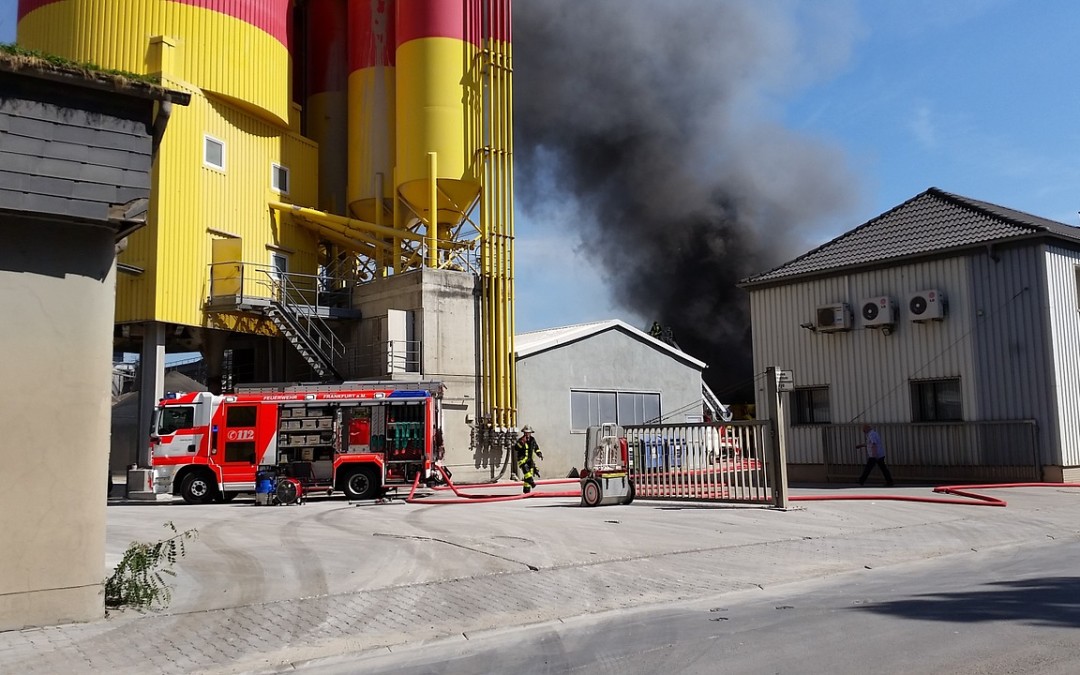Patients with burns are trauma patients and must be promptly treated according to the trauma algorithm! Burns are injuries caused by high temperature that exceeds the tolerance limit of the body (45°C).
The average adult has 1.5 to 2 m2 of skin.
It is undeniably important to be aware of all the functions that the skin performs, such as waterproofing, protection against infections, temperature regulation, sensory functions, protection of internal organs, vitamin D synthesis and skin pigment production. The severity of the burn depends on the temperature, the duration of exposure of the skin to the substance that causes burns, the surface of the body exposed to the burn, the general condition and age of the patient, the presence of protective measures, as well as the presence of diseases or other injuries.
CAUSES OF BURNS MAY INCLUDE:
- Flame and hot objects (combustio)
- Hot water and steam (ambustio)
- Electricity with contact (elektrocutio)
- Electricity without contact (elektrocombustio)
- Lightning strike (fulguratio)
- Chemical substances (causoma)
- Radioactive substances (radiodermatitis)
Heat is the transfer of energy from an object with a higher temperature to an object with a lower temperature. Heat causes tissue changes, such as burns at different temperatures: hot liquid burns (44°C), subdermal burns in children (60°C), subdermal burns in adults (70°C) and carbonization of bones (650°C). Heat is transferred by conduction, convection or radiation. Conduction is the most common form of thermal injury caused by direct body contact with a heat source, heat transfer from one body to another.
Radiation is the conversion of kinetic energy into electromagnetic energy, which travels through space until it encounters an obstacle (a body), where it is converted back into kinetic energy, e.g. solariums, sun, etc.
Convection is the transfer of heat through air circulation (light strikes due to explosions, etc.).
ACCORDING TO THE MECHANISM OF CAUSE, BURNS CAN BE DIVIDED INTO:
- Thermal – dry (flame, explosion)
- Thermal – liquid (hot liquid, steam)
- Chemical – liquid (acids, alkalis, organic compounds)
- Chemical – dry (powder – cement, lime)
- Mechanical (friction, explosion)
- Electric (AC/DC)
- Radiation (sun, radar)
- Cryogenics (freezing)



0 Comments